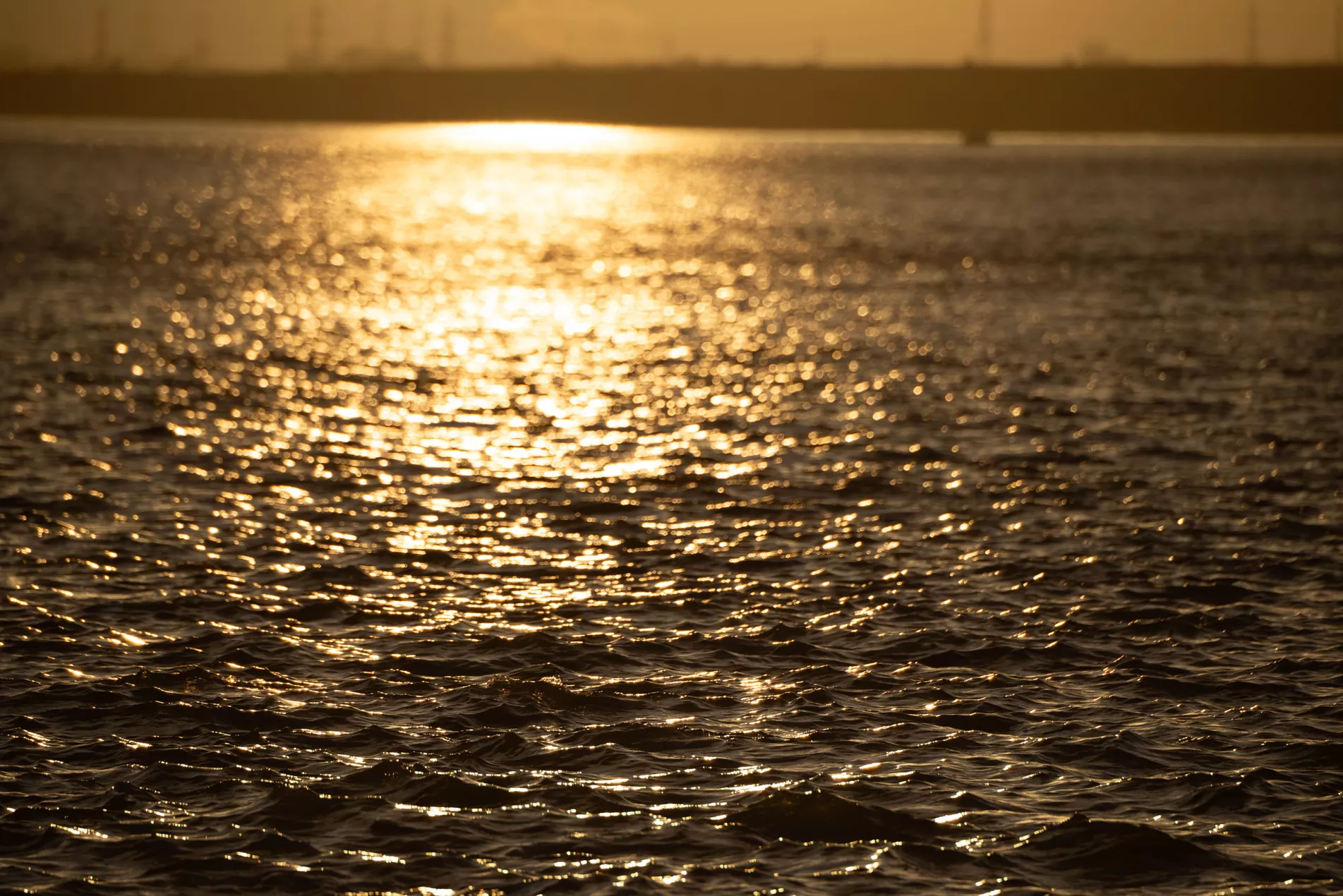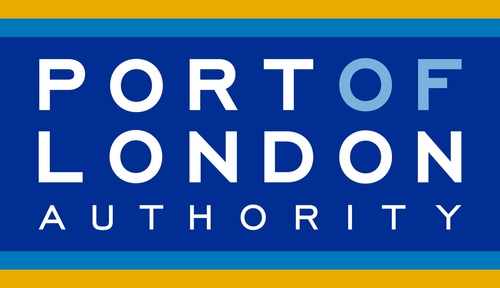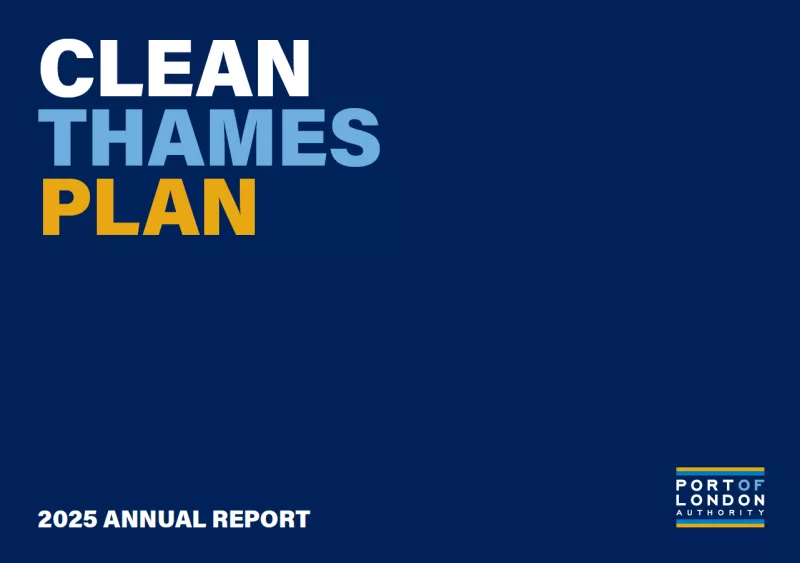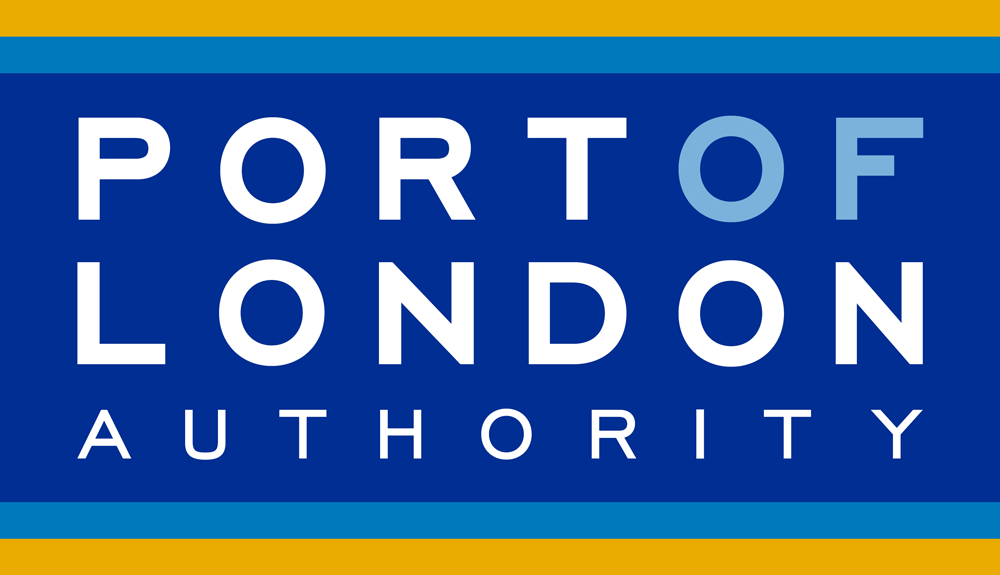Live Tides
NOTICES TO MARINERS
Charts & Surveys
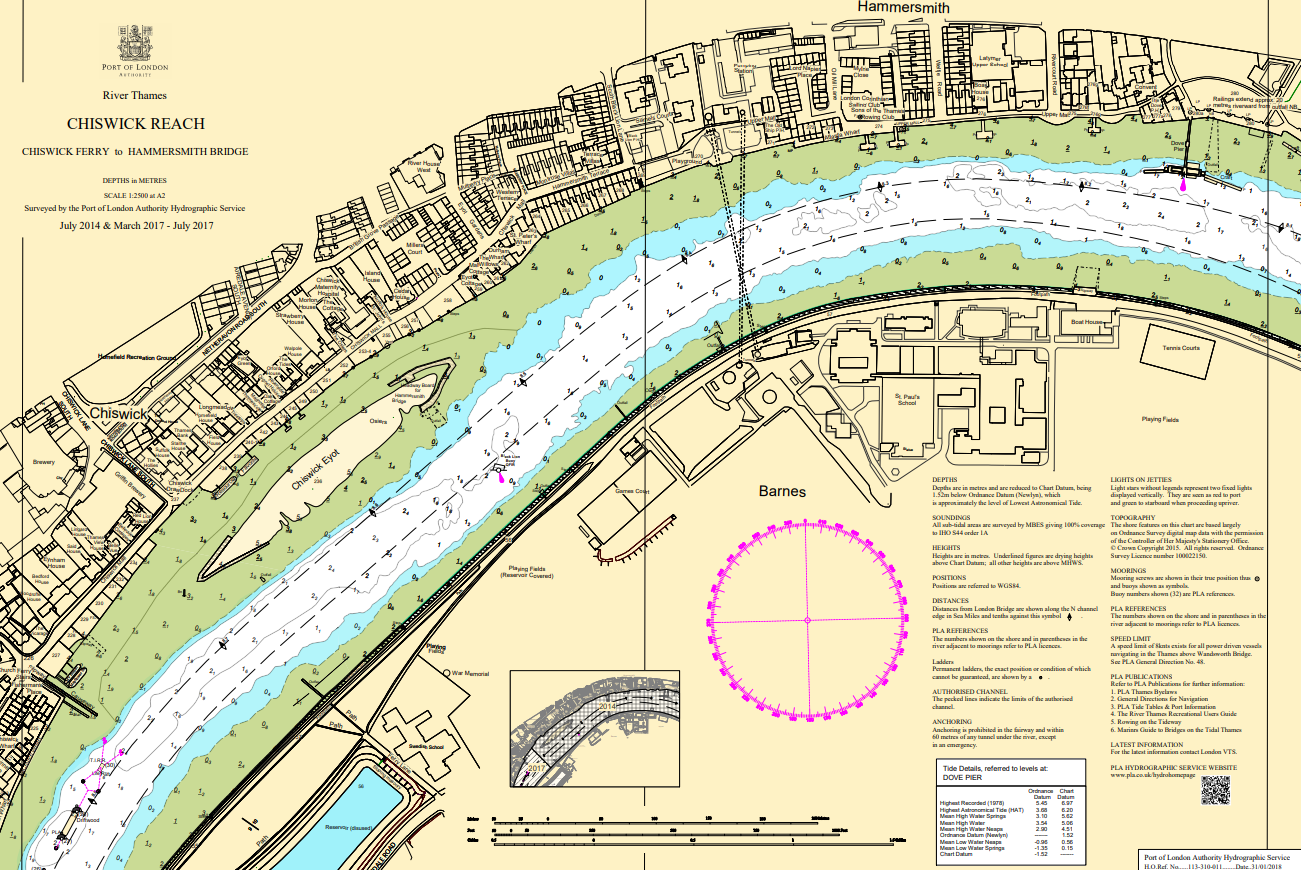
Incident reporting
Life-threatening emergencies on the river:
Call 999 and ask for the Coastguard
For near miss, safety observations and incident reporting click below
Environmental guidance for events
Advice on reducing the environmental impact of events on or near the river
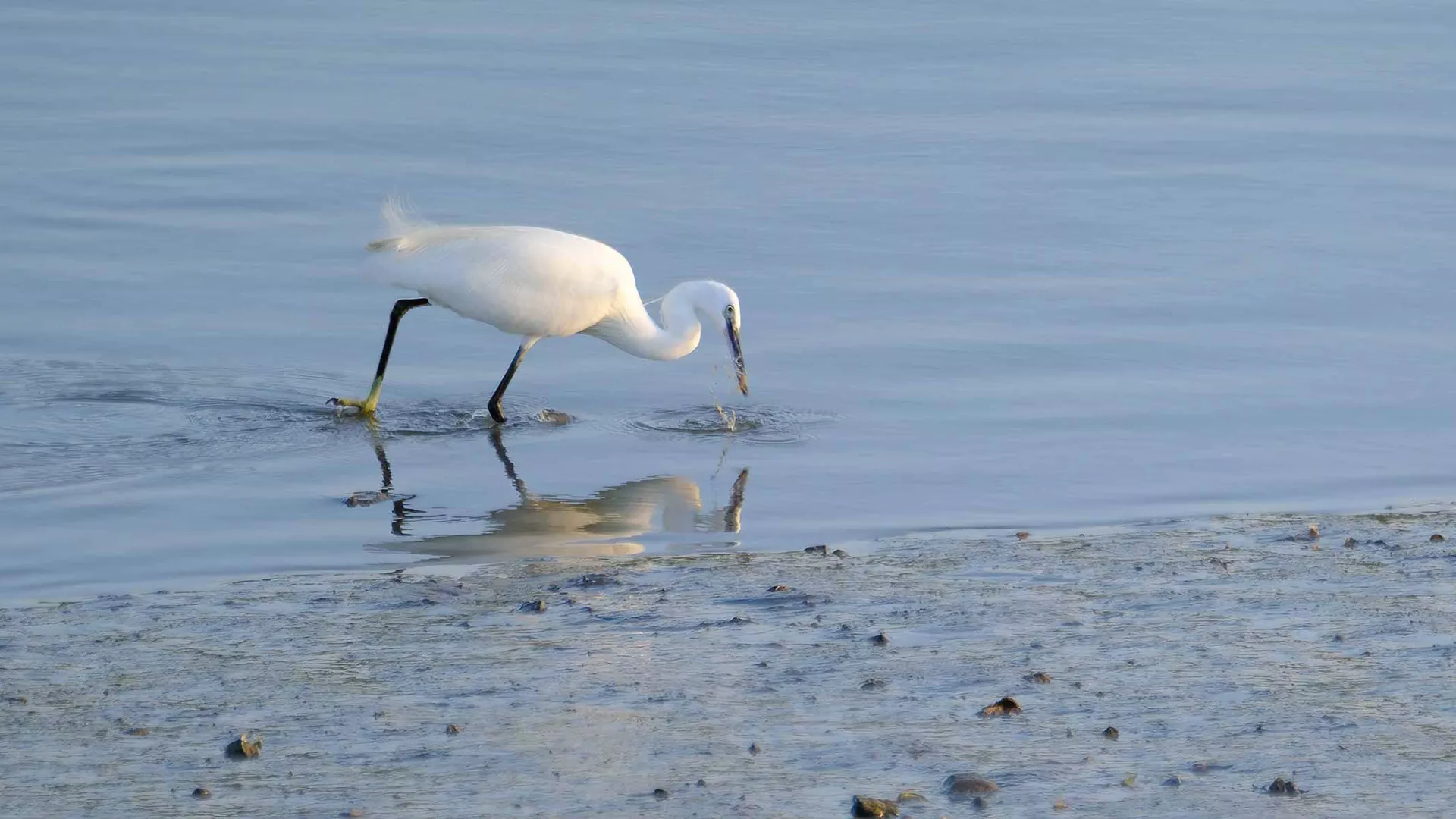
The Port of London Authority has a duty to protect and conserve the River Thames. Under the PLA's environment policy there is a commitment to reduce pollution and waste in the river and the Ports business. We recognise that event organisers also want to minimise their impact on the river and the PLA has provided this guidance to assist them.
Legislation
All events within the river must comply with the Port of London Act 1968 and the Water Resources Act 1991, section 85, which
regulates any polluting matter entering controlled waters. The Water Framework Directive (2000/60/EC) asks for protecting and improving the water environment. All events should be undertaken inline with the PLA’s Environmental Policy. Environment Agency guidance to the Port of London Authority states there should be no lasting effect, either short or long term to the marine environment. These elements are all considered in the following guidance.
Confetti, streamers or leaflet drops
Due to their lasting effect, these will not be given permission. Even in small quantities there is a lasting effect. Depending on the weather and river conditions the pieces can spread far across the surface of the water and can be deposited on the foreshore in the strandline for some time after the event.
Some types of biodegradable and water soluble papers or petals have also been considered, but can not be permitted. Metallic confetti used in pyrotechnics will last for much longer periods of time and may sink, reducing the chance of it being removed.
Material in the water will degrade and this process takes oxygen from the river. While the process is occurring the materials will persist in the water and cause increased litter in the river, and on the foreshore. Scavenging birds and animals may mistake them for food during this time. Vessels in the area may also have problems with paper or PVA products collecting in their intakes immediately after the event.
Altered water/painting projects
If it is possible the colour in a cascaded waterfall/hydrant should not be visible once it hits the Thames. Painting projects should be kept away from the Thames, for example be on a floating, bunded structure that contains all falling paint from the public activity of painting. The structure must be removed and cleaned elsewhere.
Additives and paints can be damaging to aquatic organisms and the environment and all additives must be approved by the Environment Agency in writing before the PLA will consider the event.
Event organisers should consider the need to have the activity on the river or use of river water for the potential human health implications. (http://www.rospa.com/leisuresafety/adviceandinformation/watersafety/weils-disease.aspx)
Balloons and lanterns
A large amount of balloons over the Thames will also cause a lasting effect. They can last for days on the water surface, often causing the emergency services to be called to them having been mistaken for persons in the water.
They can also tangle around birds legs. Despite being sold as biodegradable the latex balloons can take months or years to degrade in the marine environment. Once burst they can be ingested by marine birds and mammals, causing them to starve. The PLA does not recommend the use of balloons during events along the banks and would not approve large intentional releases from a structures over or vessels on the Thames.
Over a period of five years, the Marine Conservation Society found on average 3 balloons per 100 metres during their Great British Beach Clean.
Sky and floating lanterns also pose similar threats to wildlife and navigational safety. They appear similar to red flare and have caused several false alarms for search and rescue services. They can cause confusion when floating on or near to the surface of the water, as they can be mistaken for another vessels lights.
They can cause significant damage to property due to their high heat and flammable contents.
The component parts become a hazard to the environment with entanglement from the frames, or ingestion of the frame. The PLA does not approve releases of floating or sky lanterns from structures over or vessels on the Thames.
Find out more: https://www.mcsuk.org/what-you-can-do/ocean-friendly-living/dontletgo/
Rubbish collection and control
All events are likely to encourage more people to the river or its banks. This will increase the amount of rubbish that is created. Event organisers need to consider provision of waste management, prevent it entering the river, and recycle as much as possible.
Vessel use
All vessels used in the event should comply with the PLA and/or MCA licencing requirements, and should be fueled responsibly, in accordance with the PLA byelaws.
It is recommended that all support vessels carry a spill kit in case of an emergency during the event. Guidance on the appropriate contents can be found at http://www.thegreenblue.org.uk/leaflets__resources.aspx
Vessels coming from areas outside of port limits may be creating pathways for alien species not yet in the tidal Thames. Guidance should be sought from the PLA and the Environment Agency on the precautions that may need to take place prior to entering the port limits.
Find out more: https://thegreenblue.org.uk/advice/
The Green Blue
The Green Blue is a joint environment programme created by the British Marine Federation and the Royal Yachting Association for anyone who enjoys getting out on the water or whose livelihood depends on it. Guidance has been created to help event managers reduce their impact on coastal and inland waters. https://thegreenblue.org.uk/marine-businesses/
World Rowing
World rowing provides guidance on how to minimise the impact on the environment of rowing events. https://worldrowing.com/responsibility/sustainability/
Additional advice
If you require any further advice or guidance please contact the PLA’s Environment Team on: [email protected]
Guides for event organisers
Essential information if your organisation is planning events on the tidal Thames or the foreshore.
Detailed information from our Harbour Masters on criteria that every event must meet before it will be permitted.
Key information on protecting the tidal Thames and its wildlife during your event.
Information organisers should consider to keep attendees safe when holding gatherings near the Thames.
Events taking place on the tidal Thames and its foreshore must have a permit from the Port of London Authority.
Discover
